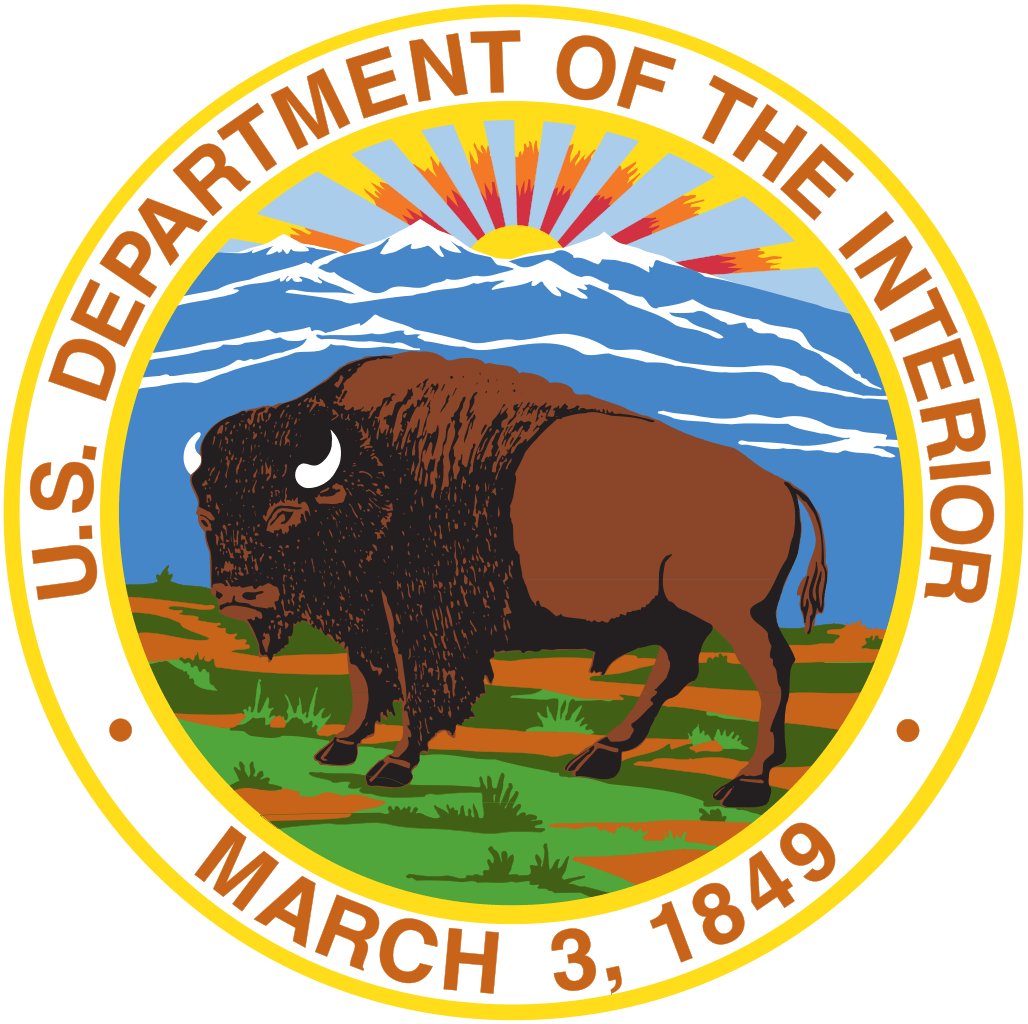Land and Water Conservation Fund (LWCF) Outdoor Recreation Legacy Partnership Program
Federal Agency

Sub-Department
National Park Service (NPS)
Purpose
To enable urban?communities to?create new outdoor recreation spaces, reinvigorate existing parks, and form connections between people and the outdoors?in economically underserved communities. Projects should support locally led, voluntary conservation and restoration efforts that address the nature and climate crises, improve equitable access to the outdoors, and strengthen the economy.
Applicant and/or Project Eligibility Requirements
The lead state agency may submit on behalf of themselves or another eligible sub-recipient. Eligible sub-recipients (i.e., project sponsors) include state agencies, local units of government (state political subdivisions such as cities, counties, and special-purpose districts such as park districts), and federally recognized Indian Tribes. Eligible sub-recipients must: Represent a jurisdiction of at least 50,000 people, AND Be situated within or contiguous with the geographic boundary of one of the 497 Urbanized Areas (UA) delineated by the Census Bureau.
Decarbonization Considerations
These projects must support the acquistion and/or development of outdoor recreational activities and faciliites. When possible, these funds can be optimized if building new trail connections that serve as both recreational assets as well as connections to existing transportation networks. Consider whether such funding makes sense to increase access with multi-modal options, offer new last-mile connectivity options for public transit users, or support expansions to pedestrian and bicycle trail networks (or build new ones where none previously existed). Additional focus on enhancing urban and suburban tree canopies could help mitigate heat islands. Trees can be strategically deployed to help cool pavement and buildings alike, reducing energy needs in particularly hot areas. Another strategy to mitigate both heat islands could be to deploy solar canopies over large recreational areas to offer shade and generate clean electricity for communities.also be public access, however, access may be controlled, but not prohibited.
Equity Considerations
Projects must be directly located in communities that are low-income and lack adequate parks or other outdoor recreation spaces. Priority will be given to projects that engage members of the targeted economically disadvantaged community in all aspects of the development and implementation the project.
Helpful Tips
Each state has its own priorities and selection criteria (tailored to its own particular needs and unique opportunities), and because individual States make the decisions, in effect, about which projects will receive these grants. The first step for potential applicants is to contact the cooperating State office to find out about local application deadlines, state priorities, and selection criteria. Ensuring your project aligns with State Comprehensive Outdoor Recreation Plan (SCORP) will be key to a competitive application at both the state and federal levels.
Other Notes
In 2021, the Department of Interior opened the ORLP grant program to more communities by removing the cap on the number of proposals states can submit on behalf of local jurisdictions and by increasing the maximum grant from $1 million to $5 million.
